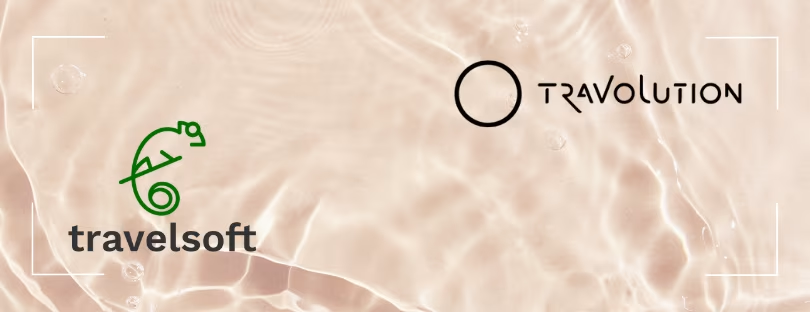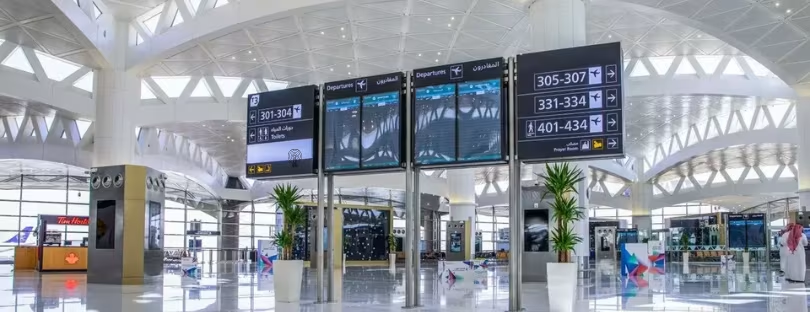
Spanish Riders Share the Road: BlaBlaCar Reaches 1 Million Trips
As the sun sets over the bustling cities of Spain, car-sharing services like BlaBlaCar are lighting the way for travelers looking for affordable and convenient transportation options. From July to September 2024, BlaBlaCar recorded more than 970,000 shared trips, a significant feat that underscores the platform’s unwavering popularity amid fierce competition from public transport incentives.
In this article, we’ll explore the impressive statistics from BlaBlaCar, dive into the reasons behind its success, and consider what this means for the future of travel in Spain.
The Rise of BlaBlaCar: A Snapshot
BlaBlaCar isn’t just another car-sharing service; it’s a community of travelers and drivers who are reshaping how we think about getting from point A to point B. Here’s a quick rundown of the facts that reveal its impact:
- Shared Trips Recorded: Over 970,000 from July to September 2024
- User Growth: 5% increase in users aged 30 and above
- Older Demographics: 7% increase in users over 50
- Average Journey Distance: 259 kilometers
- Average Cost per Trip: 15 euros
- Shorter Trips: 15% increase in trips under 75 kilometers
These numbers tell a compelling story about the effectiveness and appeal of the service.
Why Is BlaBlaCar Thriving?
Resilience Against Public Transportation
Despite the government promoting trains and buses, BlaBlaCar didn’t just survive; it thrived. Why is this the case?
- Affordability: At an average price of just 15 euros, car-sharing offers a budget-friendly alternative, especially for longer journeys where train fares can escalate.
- Flexibility: Travelers can choose times and routes that suit their schedules, which public transport often can’t guarantee.
- Community Connections: BlaBlaCar fosters a sense of belonging, connecting people who share similar routes and even interests!
Age Is Just a Number
An interesting trend emerging from these statistics is the increasing popularity of BlaBlaCar among older demographics. The 7% increase in travelers aged 50 and above showcases that the spirit of adventure isn’t confined to the young!
- Independence: Many older adults prefer the flexibility of BlaBlaCar over fixed bus or train schedules.
- Social Aspect: Meeting new people during journeys adds a layer of enjoyment.
Expanding Reach
BlaBlaCar’s influence isn’t limited to urban areas. Their service connecting 5,721 towns across Spain reflects a strategy to cater to residents in areas where public transportation is lacking. This expansion is crucial for smaller towns, where efficient transport options often fall short.
This summer BlaBlaCar launched five new bus routes connecting Spanish cities such as Madrid, Barcelona, Girona, Badajoz, Santiago de Compostela, or Zaragoza with towns in France, Portugal, Italy, Croatia, and Slovenia.
Popular Destinations
Among the top cities served, we find Madrid, Seville, Malaga, Granada, and Valencia. These locations not only highlight where people want to go but also demonstrate the interconnectedness of Spain:
- Madrid: A hub for cultural exploration
- Seville: Famous for its historic architecture
- Valencia: Known for delicious paella and beaches
Short Distance, Big Impact
BlaBlaCar reported a notable 15% increase in trips under 75 kilometers. This implies that even short journeys are becoming part of our shared mobility landscape.
Implications for Local Travel
This trend is especially beneficial for smaller communities. A quick trip to the nearest town or city becomes seamless, which is vital for those who rely on shared transport due to limited public options.
BlaBlaCar’s Cross-Border Success
Traveling within Spain is fantastic, but BlaBlaCar has also set its sights beyond its borders. The cross-border bus business saw a whopping 30% increase this summer. Some key routes include:
- Barcelona to France
- Madrid to Lisbon
- San Sebastián to Biarritz
These connections highlight the growing importance of facilitating travel beyond national borders and how BlaBlaCar is stepping up to provide these services.
Government Incentives: The Impact and Response
While the government has invested in promoting public transport, BlaBlaCar’s resilience indicates that users are not only looking for alternatives but also prefer the comfort and social aspect of car-sharing over traditional methods.
The Key Takeaway
BlaBlaCar’s continued success in Spain speaks volumes about its role in the transportation ecosystem. The platform not only meets the needs of travelers in urban hubs but also fills the gaps for residents in less accessible areas.
What Lies Ahead for BlaBlaCar?
Future Trends
As we look forward, what can we expect from BlaBlaCar? Here are a few trends that could shape the future:
- Technological Integration: As technology advances, frictionless booking and payment systems will likely enhance user experience.
- Sustainability Focus: With growing concern for the environment, car-sharing services could become an eco-friendly travel alternative.
- Partnership Expansion: Collaborating with local businesses might offer discounts and improve the overall experience.
Challenges to Overcome
Despite its recent growth, BlaBlaCar faces challenges, including:
- Competition: Other car-sharing platforms and public transport will continue to vie for users’ attention.
- Regulatory Scrutiny: Government regulations may impact operations and service offerings.
Conclusion: A Changing Landscape for Travelers in Spain
In the vast landscape of transportation, BlaBlaCar stands tall, illustrating that shared mobility is not just a trend but a lifestyle choice for many. As we navigate through the post-pandemic era, the demand for convenient, affordable travel solutions will only grow. BlaBlaCar has positioned itself as a trusted ally in this journey, appealing to various demographics and adapting to changing market demands.
So next time you’re planning a getaway, consider the shared road! Who knows? Your next adventure might just be a ride away, filled with new friends and shared stories. BlaBlaCar Spain










